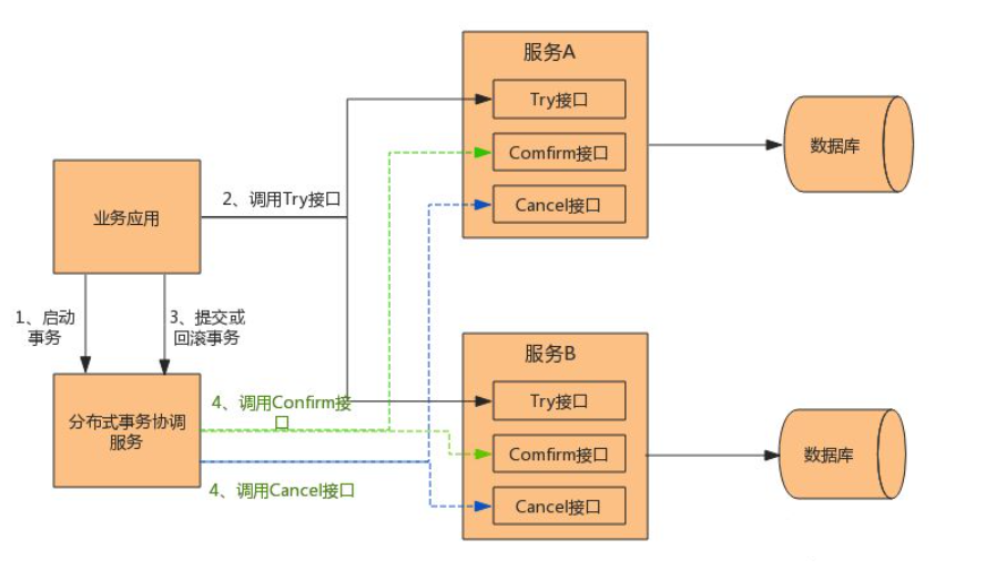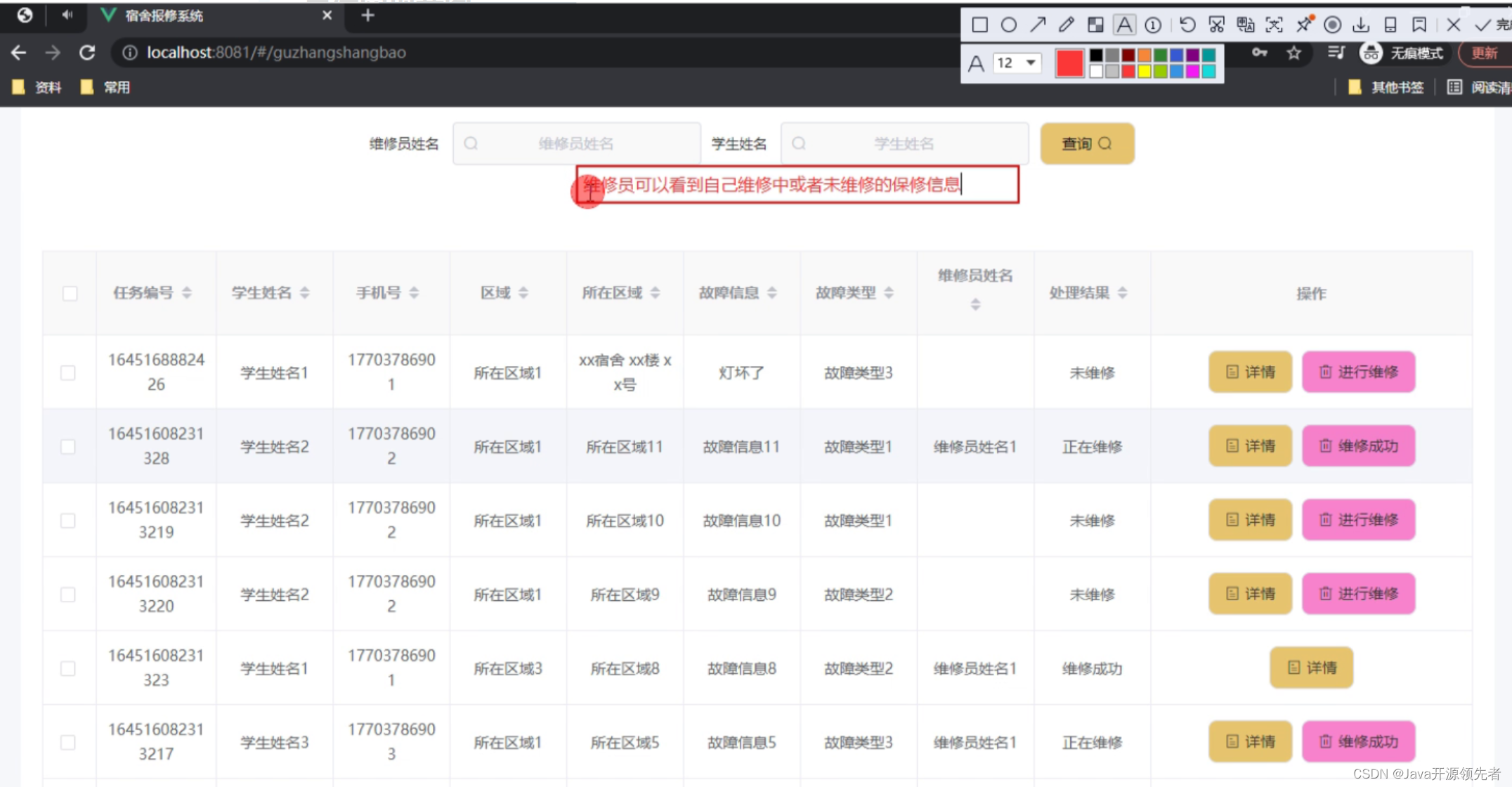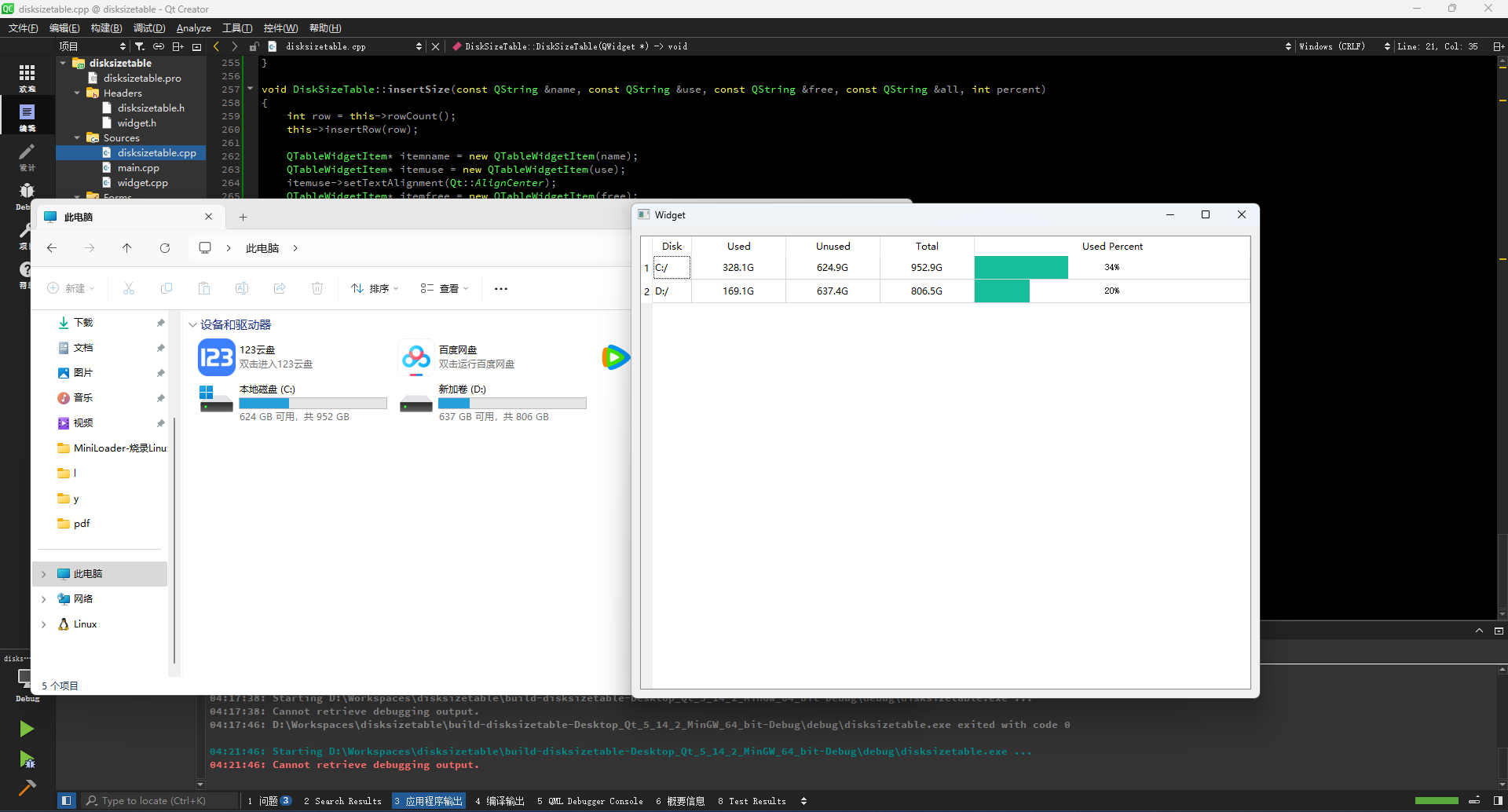文章目录
- 1. 使用C++20 std::format
- 2. 基本用法
- 3. 格式说明
1. 使用C++20 std::format
需要将VisualStudio默认的标准修改为C++20
菜单“项目”-“项目属性”,打开如下对话框

代码中加入头文件
2. 基本用法
通过占位符{}制定格式化的位置,后面传入变量
#include<iostream>
#include<format>
#include<string>
using namespace std;int main()
{int x = 68;double pi = 3.14159;string name = "Alice";//格式化字符串string rst = format("Hello,{}! The answer is {} and pi is {:.2f}.", name, x, pi);cout << rst << endl;return 0;
}
输出
Hello,Alice! The answer is 68 and pi is 3.14.
使用 {} 作为占位符,参数顺序插入
可以指定格式。{:.2f} 表示保留2位小数
3. 格式说明
详细可查阅手册
整数格式化
#include<iostream>
#include<format>
#include<string>
using namespace std;int main()
{int x = 68;cout << format("Decimal:{}\n", x);//十进制输出cout << format("Hex:{:#x}\n", x);//十六进制输出cout << format("Binary:{:#b}\n", x);//二进制输出return 0;
}
浮点数格式化
#include<iostream>
#include<format>
#include<string>
using namespace std;int main()
{double val = 3.14159;cout << format("Default: {}\n", val); // 默认 3.14159cout << format("Fixed:{:.2f}\n", val); // 固定2位小数 3.14cout << format("Scientific:{:.2e}\n", val);//科学计数法 3.14e+00return 0;
}
字符串格式化
#include <iostream>
#include <format>
using namespace std;
int main()
{string str = "Hello";cout << format("Default: {}\n", str); // 默认输出: Hellocout << format("Padded: {:>10}\n", str); // 右对齐,宽度 10: Hellocout << format("Left Padded: {:<10}\n", str); // 左对齐,宽度 10: Hello return 0;
}
输出

{:#x}:表示带有前缀的十六进制输出,前缀为 0x。
{:#b}:表示带有前缀的二进制输出,前缀为 0b。
{:05}:表示使用 5 位宽度输出,并用零进行左侧填充。
{:.2f}:表示浮点数保留两位小数。
{:.2e}:表示浮点数使用科学计数法输出,保留两位小数。



















